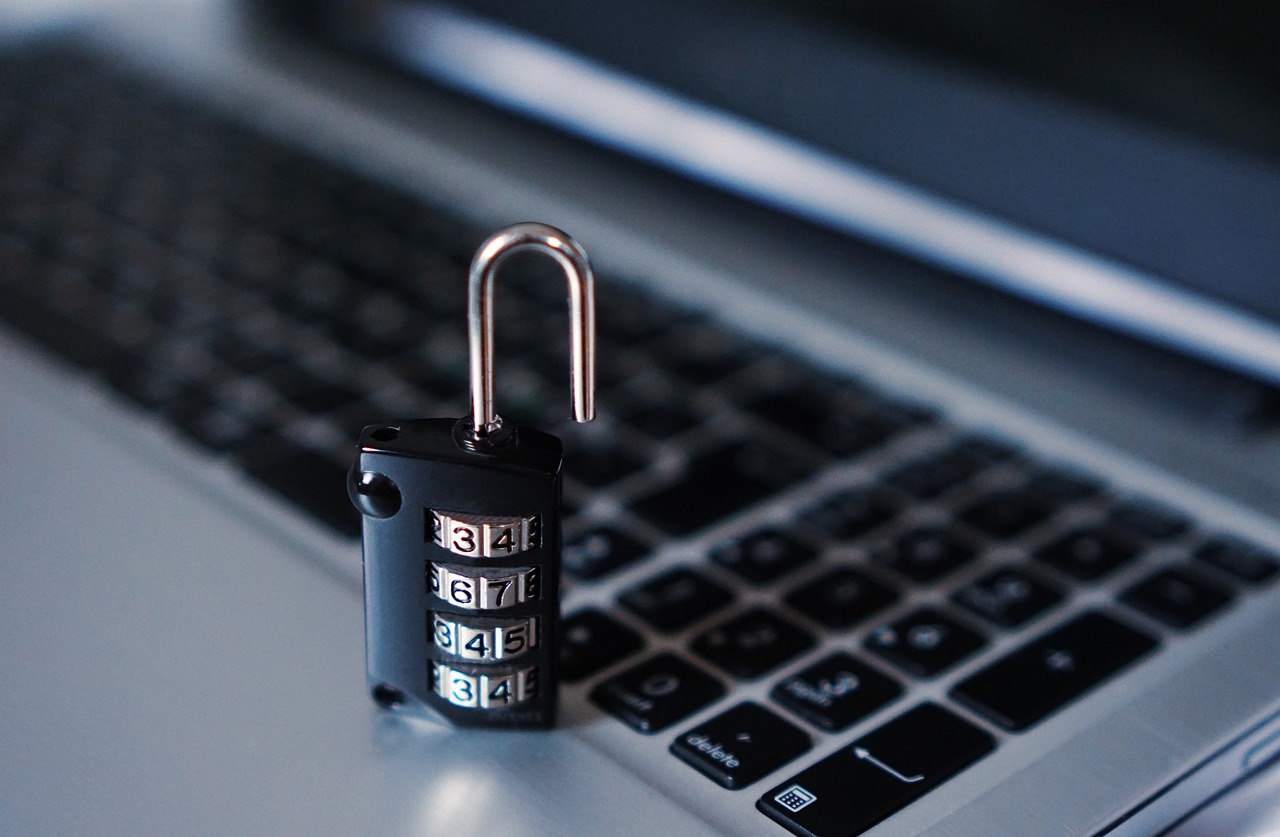The way we work has changed and it’s here to stay. With more businesses embracing flexible work arrangements, securing remote operations is no longer a nice-to-have; it’s a business necessity. But as employees connect from home offices, coworking spaces, and even coffee shops, the attack surface for cybercriminals continues to grow.
Whether you’re a business owner managing a dispersed team or a remote employee accessing sensitive systems, here are essential practices to keep your remote environment secure.
1. Secure Connections Start with a Trusted VPN
Virtual Private Networks (VPNs) encrypt your internet connection, making it harder for cybercriminals to snoop on your data.
- Use a business-grade VPN that’s centrally managed by your organization.
- Ensure employees know how and when to use the VPN especially when working on public or unsecured networks.
- Regularly update and patch your VPN software to mitigate known vulnerabilities.
2. Enforce Strong Password Hygiene
Weak and reused passwords are still among the most common causes of security breaches.
- Require strong, unique passwords for every system or tool.
- Use a password manager to store and generate complex passwords.
- Avoid sharing credentials via email, chat apps, or unsecured documents.
Remember: one compromised password can unlock multiple doors.
3. Enable Multi-Factor Authentication (MFA)
Adding a second layer of authentication significantly reduces the risk of unauthorized access even if a password is stolen.
- Encourage the use of app-based authenticators (e.g., Google Authenticator, Microsoft Authenticator) over SMS.
- Require MFA for all accounts accessing sensitive business systems, including email, payment platforms, and file storage.
4. Keep Devices Updated and Secured
Remote workers often use personal or company-issued laptops and phones, making it essential to enforce device security.
- Regularly install software updates and security patches.
- Use up-to-date antivirus and endpoint protection tools.
- Enable automatic screen lock when idle, and avoid working on shared or public devices.
5. Train and Empower Your Remote Team
Human error is one of the top causes of security incidents. Invest in cybersecurity awareness training that covers:
- How to spot phishing emails
- What to do if a device is lost or compromised
- How to report suspicious activity
Make security part of your team culture not just a checklist.
6. Implement Clear Remote Work Policies
Don’t assume everyone is on the same page. Clearly define acceptable use, remote access protocols, and security responsibilities in a documented policy.
- Communicate policies during onboarding and revisit them quarterly.
- Include expectations for data storage, file sharing, and device usage.
7. Monitor Access and Respond Swiftly
Security doesn’t end with prevention it includes detection and response.
- Use tools that log access and flag unusual behavior.
- Know how to respond quickly if an account is compromised.
- Revoke access immediately for offboarded employees.
Final Thoughts
Remote work empowers flexibility and efficiency but it also demands shared responsibility. As cyber threats evolve, staying secure in a distributed workforce isn’t about locking everything down it’s about building habits, systems, and awareness that protect your data and business.
Whether you’re logging in from home or leading a team across time zones, strong security starts with informed actions. You can read on the kind of tools we use here at Fincra, 6 Products That drive our effficiency as a fintech
Stay secure. Stay empowered.
The Fincra Team




